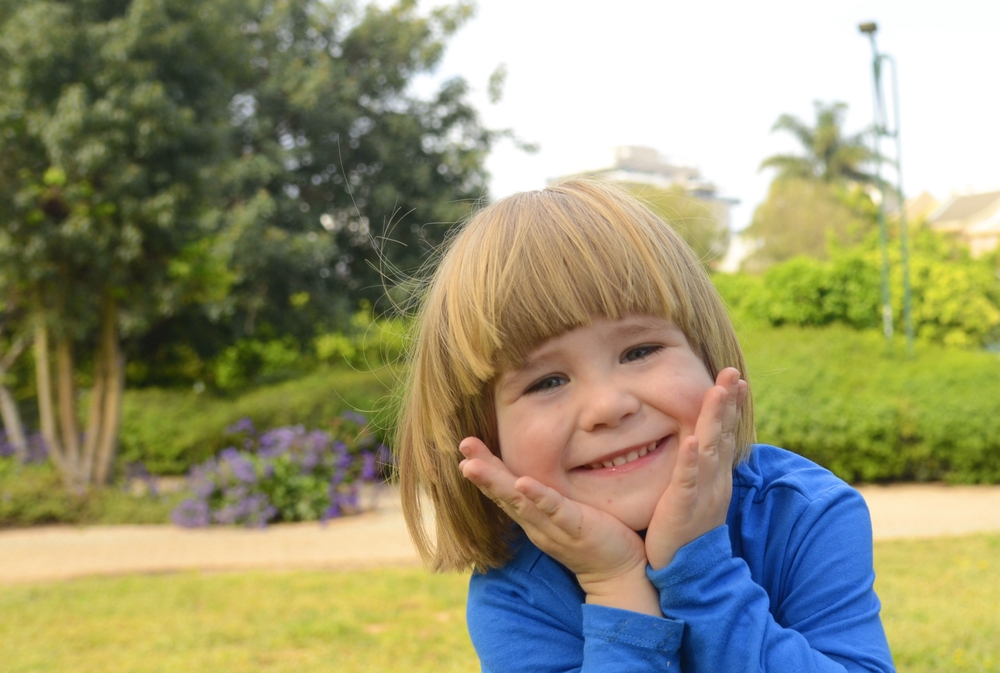Studies suggest that a quarter of care-experienced children may have Fetal Alcohol Spectrum Disorder (FASD), but the condition is still widely misunderstood and often misdiagnosed. So, what is FASD, what are the symptoms and what support is available to help adoptive parents? Read on to find out.
Understanding Fetal Alcohol Spectrum Disorder

What causes fetal alcohol spectrum disorder?
FASD is a blanket term for the neurodevelopmental conditions caused by exposure to alcohol during gestation. Health professionals advise those who are pregnant or trying to conceive to avoid alcohol as there are no safe limits.
However, despite advice, some mothers may continue to consume alcohol during pregnancy. For example, they might not know they are pregnant, they may be dependent on alcohol or aren’t fully aware of the damage drinking alcohol can have on their unborn child.
More recent studies also suggest that a father’s pre-conception alcohol intake can contribute to a child developing FASD.
Causes of fetal alcohol spectrum disorder
When a pregnant woman drinks alcohol, it’s transported to the baby through the placenta and is also stored in the amniotic fluid that the baby drinks. Foetuses can’t process alcohol in the way an adult can; it harms their whole body, including their developing brain, organs and skeletal structure. From hearing and visual loss to problems with behaviour and learning, there are over 400 co-occurring conditions linked to prenatal alcohol exposure.
FASD symptoms
Symptoms of Fetal Alcohol Spectrum Disorder (FASD) can vary in severity, which is why it’s considered a spectrum disorder. Symptoms often don’t become noticeable until children miss developmental milestones and fall behind their peers. FASD can affect the entire body, but the brain and nervous system are typically the most significantly impacted.
Symptoms of FASD may include:
- Gross motor skills – struggling with balance, coordination and movement that affects their ability to run, jump and participate in physical activities.
- Fine motor skills – difficulty holding and using small objects like a pencil.
- Cognitive functioning – they may find it hard to retain information, concentrate, problem solve and make decisions, making learning difficult.
- Communication – their speech and language could be affected. They may take longer to say their first words and need assistance from a speech and language therapist.
- Emotions – they may struggle to manage their feelings and are more at risk of experiencing poor mental health.
- Social – they may struggle to make friends and interact with their peers, masking who they are to fit in. They may also lack social awareness, be easily influenced and have difficulties seeing things from someone else’s point of view.
- Behaviour – they may be impulsive, hyperactive and confabulate stories due to issues with their memory.
- Vision and hearing – it’s common for children with FASD to have some loss of vision and hearing.
- Sensory – they may be hypo or hypersensitive to stimulation.
- Physical development – they may grow slower than their peers and have a smaller head circumference. In severe cases, their facial features, organs, joints, muscles and bones can also be affected.
Fetal Alcohol Spectrum Disorder vs Fetal Alcohol Syndrome
The most well-known condition linked to drinking alcohol while pregnant is Fetal Alcohol Syndrome (FAS), which is now known as Fetal Alcohol Spectrum Disorder with Sentinel Facial Features. This is one of two diagnoses that someone who has been exposed to alcohol in the womb can receive and is usually the most severe.
The health complications caused by fetal alcohol spectrum disorder with sentinel facial features are usually more pronounced. Children with this diagnosis also have distinctive facial features, such as thin lips, small eyes and a smooth ridge under the nose (philtrum).
The other diagnosis that children with symptoms of FASD could receive is Fetal Alcohol Spectrum Disorder without Sentinel Facial Features. This means they have some of the symptoms of prenatal alcohol exposure but don’t have the facial features. Conditions that now fall under this new term include:
- Alcohol-related neuro-developmental disorder (ARND)
- Alcohol-related birth defects (ARBD)
- Neurobehavioral disorder associated with prenatal alcohol exposure (ND-PAE)
- Partial Fetal Alcohol Syndrome (pFAS)
Language referring to prenatal alcohol exposure has changed to recognise the unique impact it has on each individual. Some people may have visible symptoms, such as distinctive facial features, whereas others will have invisible symptoms. It also allows people with FASD to receive tailored support specific to their symptoms and the severity of them.
Receiving a fetal alcohol spectrum disorder diagnosis
Although it’s possible to have both, many children are misdiagnosed as having ADHD or autism when they have FASD. Only 10% of individuals with FASD will have sentinel facial features. So, diagnosis often relies on evidence of prenatal alcohol exposure and an assessment of a child’s neurodevelopment.
FASD is a lifelong, hidden disability, but early intervention is crucial for helping children receive tailored support to manage symptoms and live a more fulfilling life, so if you’re concerned that your child may have FASD, talk to their GP.
Supporting a child with FASD
Whether your child has received a diagnosis or is waiting for a referral, here are some tips for supporting a child with fetal alcohol spectrum disorder.
Training
Knowledge is power, and the more you know about FASD, the more equipped you’ll be to support your child. At Adopters of Adoption, we provide training on topics such as FASD. The National Organisation for FASD also hosts online and in-person training sessions.
Expectations
Parents may unintentionally put pressure on a child with FASD to meet milestones at the same rate as their peers. However, children with FASD are often emotionally and socially half their chronological age, and it can lead a child to feel frustrated or misunderstood if they don’t meet expectations. Adjusting expectations and parenting to suit their developmental age can help build your child’s self-esteem and reach milestones at their own pace.
Focus on Strengths
When a child has FASD, you may spend a lot of your time navigating behaviour or advocating for appropriate support. However, you can help improve their outcomes by focusing on their strengths and encouraging them to build on them. For example, if they learn better by doing, you could use physical objects to help them complete their maths homework. In the future, an apprenticeship could be a better option than university as they’ll learn on the job.
Routine
Every child needs a good routine, but for children with FASD who may have difficulties with memory, information processing and planning ahead, it is all the more crucial because changes can lead to disorientation and confusion. Children with FASD are usually better at learning visually, so create a schedule that includes pictures of tasks to help them visualise their day.
Access Support
If your child receives a diagnosis of FASD, you should receive a management plan that will include any specialists that your child may need to see, for example, a speech and language therapist. They should also provide you with resources and support to help you better understand the disorder.
When you adopt, you also have access to the Adoption Support Fund. This fund is available to help adoptive parents pay for therapy and support services for their child. If, for example, your child has FASD and has sensory processing issues, you may be able to use the fund to pay for Sensory Integration Therapy.
If you need additional support, websites such as The National Organisation for FASD, Adoption UK FASD Hub and FASD UK Alliance have many resources that you can access. From parenting tips to support groups and training, you don’t need to navigate FASD alone.
If you’re interested in adoption and would like to learn more about adopting a child with a disability, get in touch.

